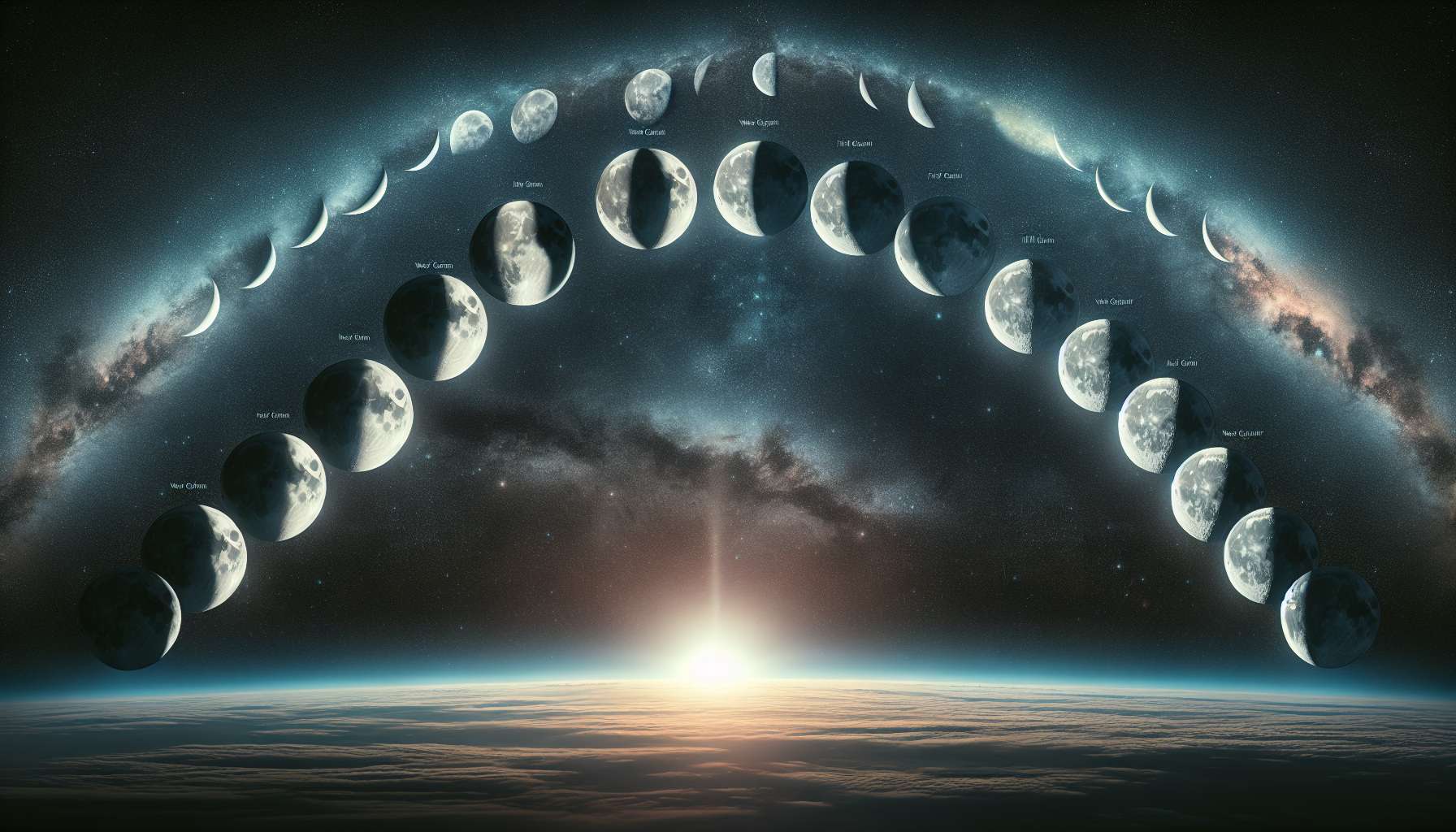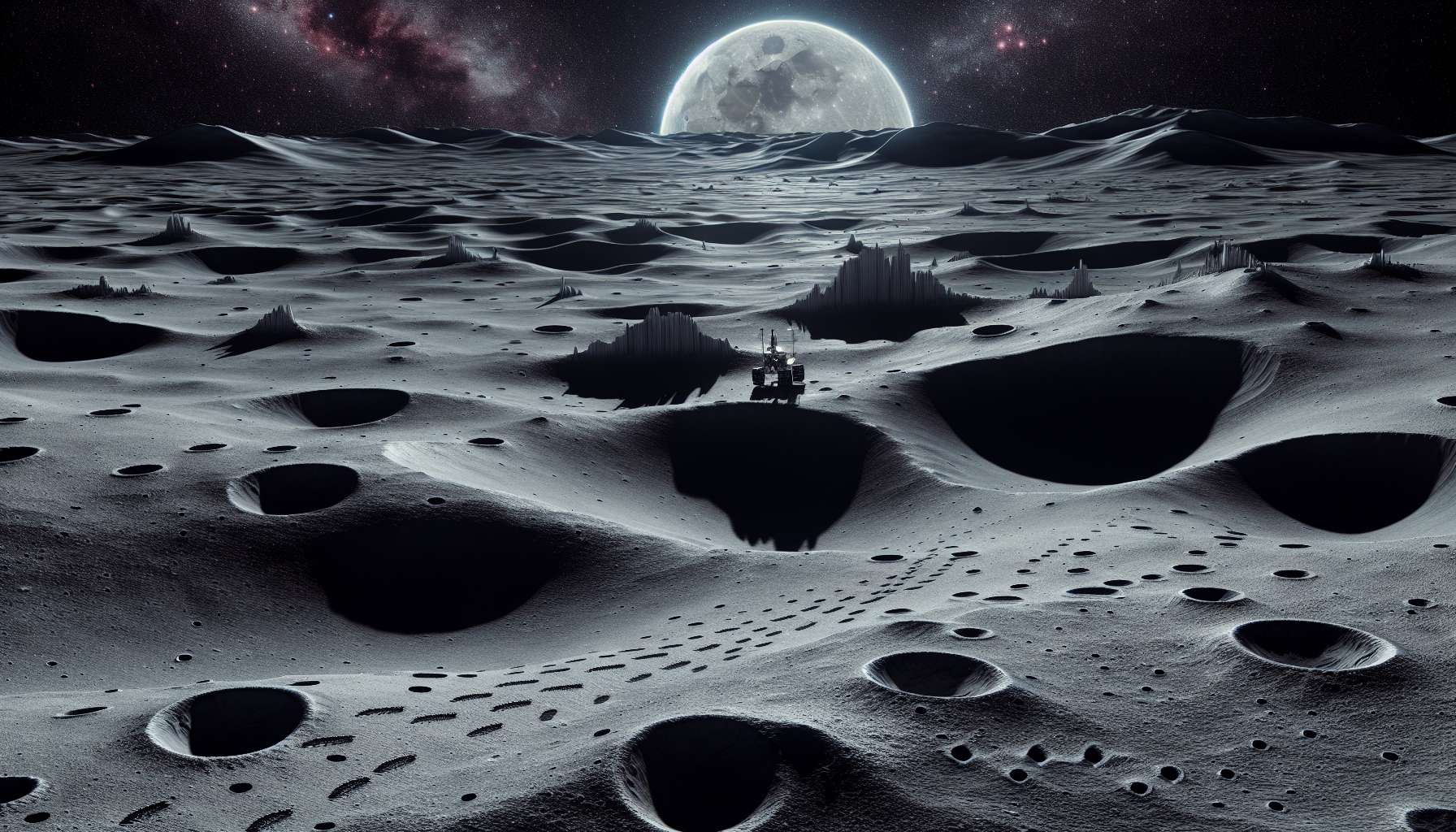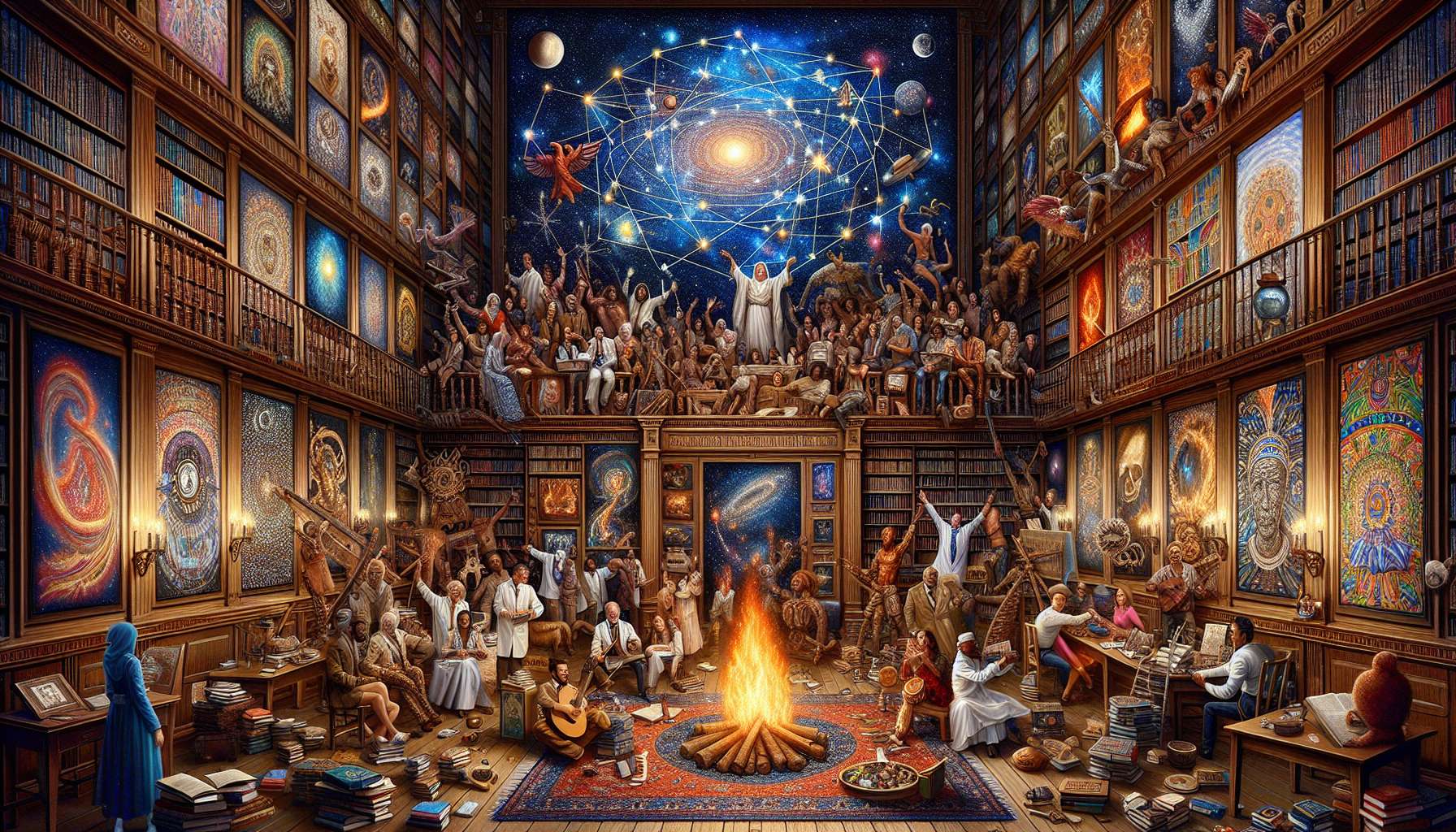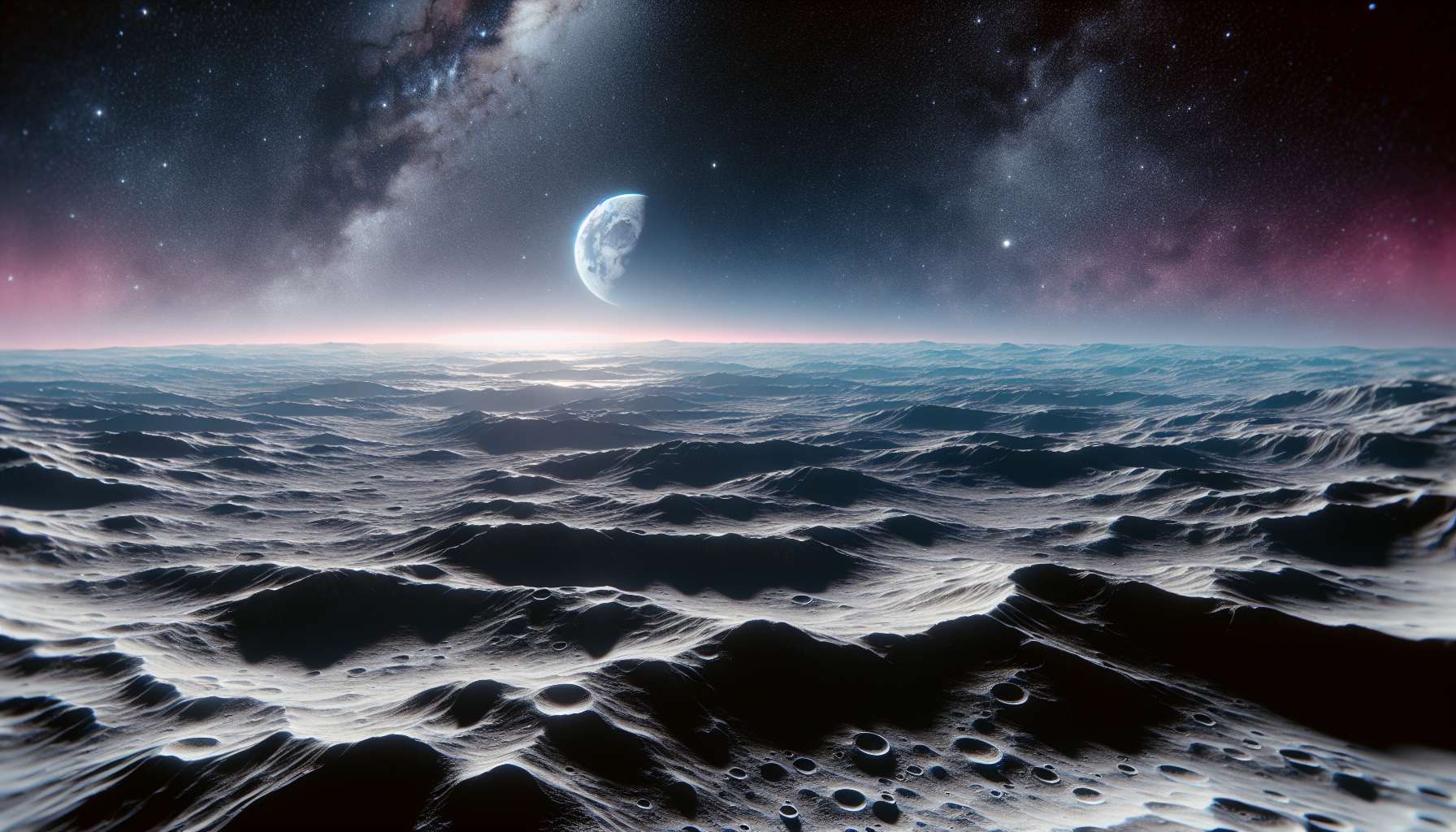Lunar Phases in Photography: Capturing the Beauty of the Moon
Looking up at the night sky, the moon has always been a source of wonder and fascination for humanity. Its changing phases, from new moon to full moon and back again, have inspired artists, poets, and photographers alike. In this article, we delve into the world of lunar phases in photography, exploring how capturing the different faces of the moon can create stunning and evocative images. Join us on a journey through the lunar cycle, as we uncover the secrets of photographing the moon in all its glory.
The Science Behind Lunar Phases
Before we dive into the art of capturing the moon on camera, it’s important to understand the science behind lunar phases. The moon’s phases are a result of its orbit around the Earth, as well as the angle at which sunlight hits its surface. From the new moon, when the moon is completely dark, to the full moon, when it is fully illuminated, each phase offers a unique opportunity for photographers to capture its beauty.
During a new moon, the moon is positioned between the Earth and the sun, with its dark side facing us. As the moon moves along its orbit, more of its illuminated side becomes visible, leading to the waxing crescent, first quarter, waxing gibbous, and eventually the full moon. The process then reverses, with the moon entering the waning gibbous, last quarter, and waning crescent phases before returning to the new moon.
Equipment and Techniques for Lunar Photography
Photographing the moon requires some specialized equipment and techniques to capture its details and textures effectively. A telephoto lens with a focal length of at least 200mm is ideal for close-up shots of the moon. Tripods are essential for stabilizing your camera and preventing blurriness, especially when shooting at slower shutter speeds.
When shooting the moon, it’s crucial to use a low ISO to reduce noise and a small aperture (around f/11 to f/16) to ensure sharpness throughout the image. Experiment with different shutter speeds to find the right balance between capturing detail and avoiding overexposure. Using a remote shutter release can also help minimize camera shake and produce sharper images.

Composition and Framing
Composition plays a significant role in lunar photography, as it can help create compelling and visually appealing images. Consider incorporating elements such as trees, buildings, or landscapes in your frame to provide context and scale to the moon. Experiment with different angles and perspectives to find the most engaging composition for your shot.
When framing your shot, think about the rule of thirds and place the moon off-center to create a more dynamic composition. Including foreground elements can also add depth and interest to your image, leading the viewer’s eye towards the moon. Pay attention to the surrounding light sources, as they can affect the overall mood and atmosphere of your photograph.
Post-Processing and Editing
Post-processing is an essential step in lunar photography, as it allows you to enhance the details and colors of your images. Software like Adobe Photoshop or Lightroom can help you adjust the exposure, contrast, and sharpness of your photos, bringing out the subtle textures of the moon’s surface.
When editing your images, be mindful of not overdoing it with filters or effects. Aim for a natural and realistic look that accurately represents the moon’s appearance. Experiment with black and white conversions or toning to create dramatic and artistic interpretations of the lunar phases.

Challenges and Tips for Lunar Photography
Photographing the moon presents several challenges, from dealing with low light conditions to capturing its intricate details. To overcome these obstacles, consider shooting during the golden hour, when the moon is low on the horizon and bathed in warm, soft light. This can create a more atmospheric and visually appealing image.
Using a longer focal length lens can help magnify the moon and bring out its finer features, such as craters and shadows. Experiment with different exposure settings and bracketing techniques to find the right balance between brightness and contrast in your images. Patience is key when shooting the moon, as it may take several attempts to capture the perfect shot.
Expert Opinions
We reached out to renowned astrophotographer, Dr. Emily White, for her insights on lunar photography. Dr. White emphasized the importance of planning your shots in advance, taking into account the moon’s position and phase. She recommended using a star tracker to compensate for the moon’s movement across the night sky, ensuring sharp and detailed images.
When asked about her favorite aspect of lunar photography, Dr. White shared, “I love the sense of connection it brings, knowing that I’m capturing a celestial body that has inspired humanity for centuries. There’s a profound beauty in the simplicity of the moon, yet each phase offers a new and unique perspective to explore.”
Conclusion
Photographing the lunar phases is a rewarding and captivating endeavor that allows you to connect with the beauty of the cosmos. By understanding the science behind lunar phases, mastering the right equipment and techniques, and honing your composition and editing skills, you can create stunning images that capture the essence of the moon in all its glory.
Whether you’re a seasoned astrophotographer or a beginner looking to explore the wonders of the night sky, lunar photography offers a wealth of opportunities for creativity and expression. So grab your camera, head outside, and let the moon guide you on a mesmerizing journey through its ever-changing phases.




